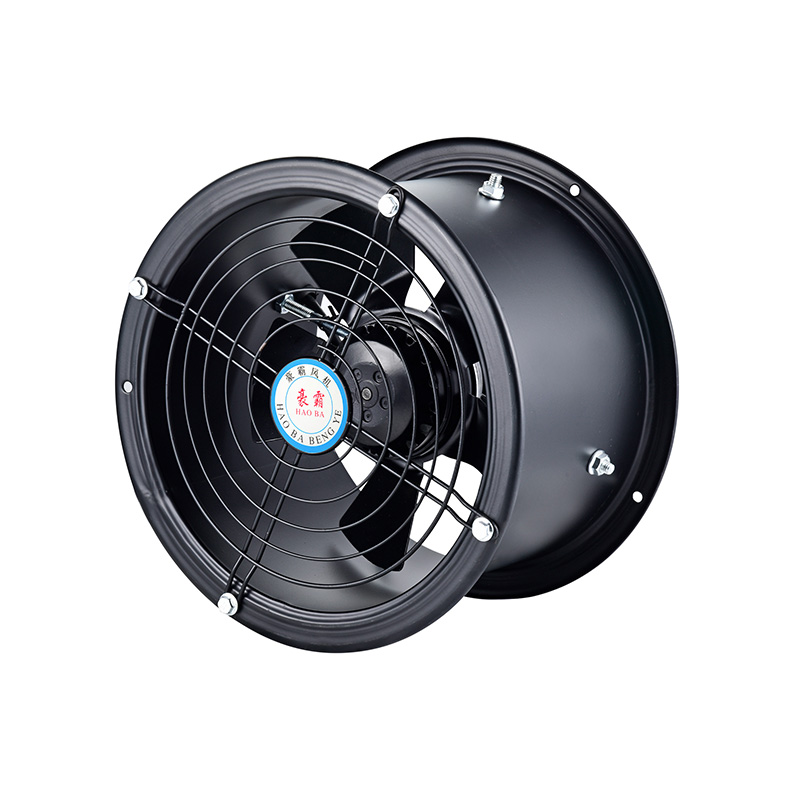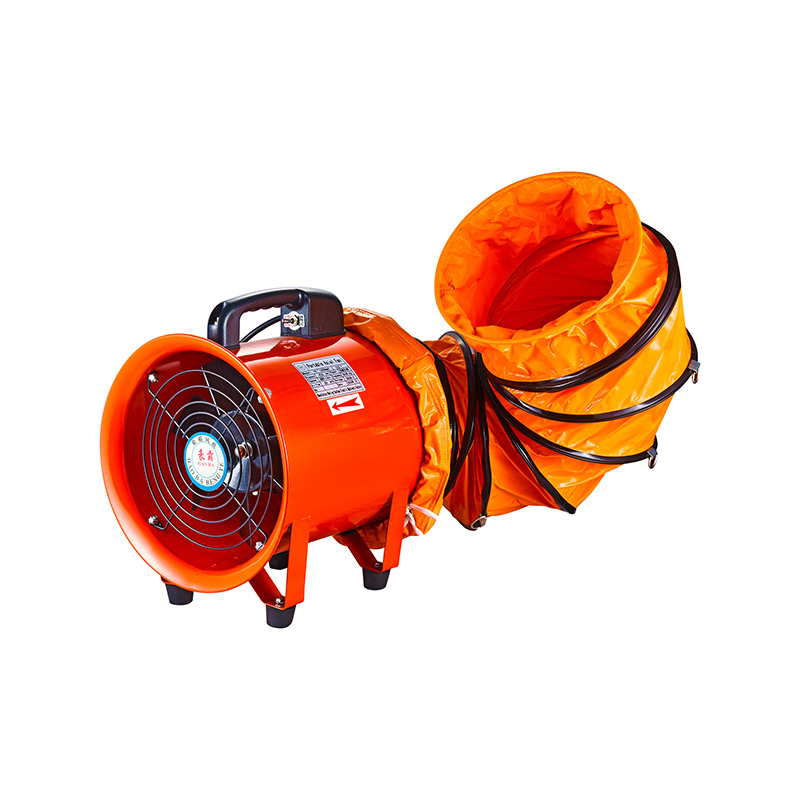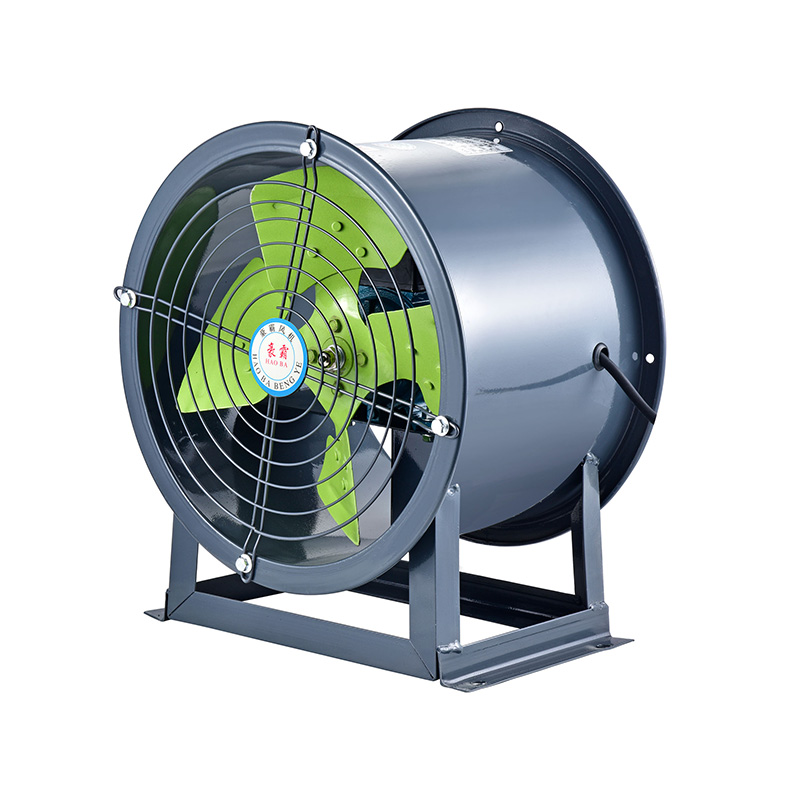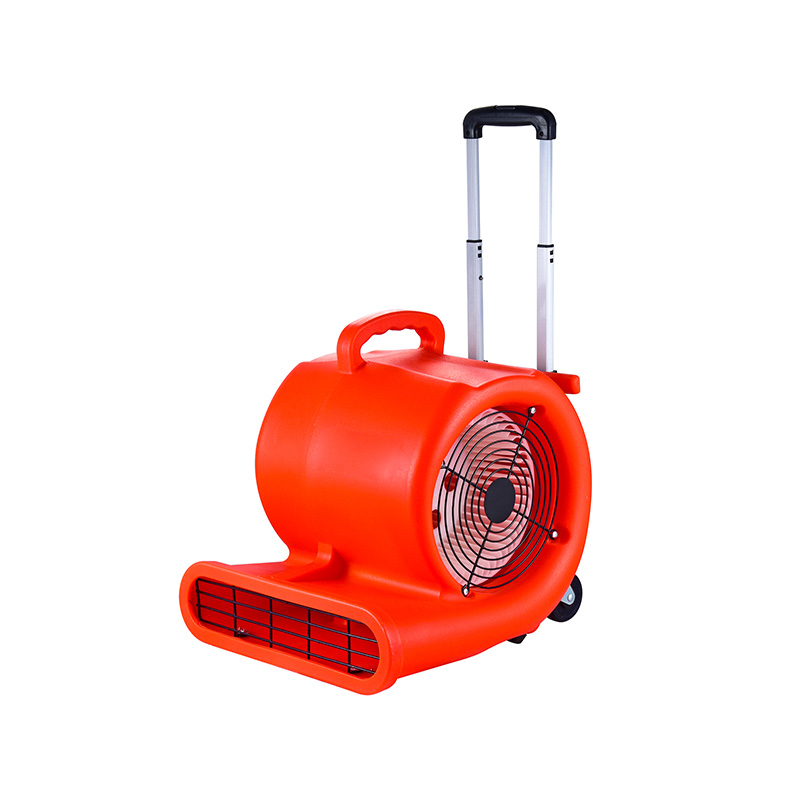Importance Of Vibration Monitoring In Industrial Fans
2025-07-08
Industrial fans play a crucial role in maintaining airflow and ventilation in various settings, from factories to commercial buildings. Among the many types of ventilation equipment, the industrial ventilator, air blower industrial units, and roof ventilator fans are widely used to ensure efficient air movement and temperature control. However, like any mechanical system, these fans are subject to wear and tear, which can affect their performance and lifespan. One of the key methods to safeguard these essential machines is vibration monitoring, a practice that helps detect early signs of mechanical problems and avoid costly downtime.

Vibration monitoring is particularly important for industrial ventilators because they operate continuously under demanding conditions. Over time, components such as bearings, shafts, and impellers may develop faults that lead to increased vibration. If left unchecked, these vibrations can cause severe damage, pilot to unexpected failures, and incur maintenance expenses. By regularly monitoring vibration levels, maintenance teams can identify irregularities early, allowing them to plan repairs before a minor issue becomes a major breakdown.
Air blower industrial equipment often runs at high speeds and handles significant volumes of air, making it vulnerable to imbalance, misalignment, and mechanical looseness. These factors contribute to abnormal vibration patterns that reduce operational efficiency and increase energy consumption. Vibration monitoring systems installed on air blowers provide continuous feedback on the condition of the machinery. This ongoing analysis enables technicians to detect subtle changes, such as bearing wear or blade damage, which may not be apparent through visual inspection alone.
Roof ventilator fans, commonly installed on factory or warehouse rooftops, are exposed to harsh environmental conditions like wind, dust, and temperature fluctuations. These external factors can accelerate wear on fan components and mounting structures, increasing the risk of vibration-related issues. Vibration monitoring is especially beneficial for roof ventilator fans because it helps maintain safe and stable operation while less the risk of structural damage to the building. Early detection of abnormal vibrations can prevent catastrophic failures that may endanger both equipment and personnel.
In addition to preventing mechanical failure, vibration monitoring contributes to energy efficiency. When an industrial ventilator or air blower industrial unit operates with unbalanced or damaged parts, it consumes more power to deliver the same airflow. This inefficiency leads to higher operational costs and increased environmental impact. Monitoring vibration levels ensures that fans are running smoothly and efficiently, helping facilities maintain consistent airflow with lower energy usage.
Implementing vibration monitoring in an industrial setting requires appropriate sensors and diagnostic tools. Accelerometers are commonly used to measure vibration frequencies and amplitudes on critical components of industrial ventilators and air blower industrial machines. Data from these sensors is analyzed to determine whether vibration levels exceed acceptable thresholds, signaling potential faults. Some advanced systems can even provide predictive maintenance alerts, guiding technicians on when to schedule inspections or part replacements for roof ventilator fans.
The benefits of vibration monitoring extend beyond maintenance scheduling. By tracking vibration trends over time, facility managers gain valuable insights into the health and performance of their ventilation systems. This information helps in making informed decisions about equipment upgrades, operational adjustments, or design improvements. For example, if a particular roof ventilator fan consistently shows higher vibration levels, engineers can investigate whether installation or structural modifications are necessary to improve stability.
It is also important to note that vibration monitoring can enhance workplace safety. Excessive vibrations can lead to mechanical failures that pose risks such as falling parts or unexpected shutdowns. By ensuring that industrial ventilators, air blower industrial units, and roof ventilator fans operate within safe vibration limits, companies reduce the likelihood of accidents and create a safer environment for employees.
In summary, vibration monitoring is a vital practice for maintaining the reliability and efficiency of industrial fans. Whether it is an industrial ventilator used in manufacturing plants, an air blower industrial unit handling large air volumes, or roof ventilator fans exposed to outdoor conditions, monitoring vibration levels helps detect early signs of mechanical problems. This proactive approach not only extends the service life of the equipment but also reduces energy consumption, lowers maintenance costs, and improves workplace safety. Facilities that prioritize vibration monitoring can ensure smoother operations and avoid costly disruptions, ultimately supporting continuous productivity and environmental responsibility.

 English
English русский
русский عربى
عربى









